Over the course of the Golden Age of Hollywood, American filmmaking ultimately coalesced around Hollywood – a suburb of Los Angeles. Filmmaking was considered both a huge commercial proposition and a business first and foremost, which led to the emergence of a small number of domineering film studios. These corporations fiercely competed against each other in order to produce grander and more impressive films.
The Studios
By the 1930s, eight American film studios had been established – all being conceived at similar times throughout the previous two decades. Colloquially known as the ‘Big Five’ and ‘Little Three’, each of these studios appeared to be very similar on the surface, however each studio possessed a multiplicity of business intricacies that separated them from one another. Each studio had its own unique selling point, attempting to offer something fresh to the table. The studios that made up the ‘Big Five’ included: Metro Goldwyn-Mayer (MGM), Paramount, 20th Century Fox, Warner Brothers, and RKO. The ‘Little Three’ studios were United Artists, Universal Pictures, and Columbia Pictures – the latter two of which ironically possess a very prolific presence throughout the cinema of the modern day.
Most of the eight studios established themselves by originating from a small chain of cinemas which went on to merge with an array of production companies in Hollywood. These studios then dominated the filmmaking landscape over the late 1910s and 1920s, before The Great Depression of 1929. A few of the studios, such as MGM and Columbia, were able to weather the effects of The Great Depression, and continue strongly into the 1940s, whereas other studios such as 20th Century Fox and Universal were not as fortunate, and had to sell significant assets to survive.
Studios such as MGM offered films which provided glamour and spectacle, also embracing cutting-edge technology such as Technicolor. MGM produced films such as Gone With The Wind (Victor Fleming, 1939) and The Wizard of Oz (Victor Fleming, 1939). Other studios such as Paramount were known for producing light entertainment, such as comedy, whilst also dabbling in biblical epics, such as The Ten Commandments (Cecil B. DeMille, 1956). Both Paramount and Columbia embraced the invention of television in the 1950s and 60s, increasing the studios’ longevity. One of the ‘Little Three’ studios, Columbia, chose to produce B-movies to sell to the bigger studios. These were secondary films that acted as an accompaniment to the main event being shown at the cinema. Columbia managed to successfully survive the Great Depression with no repercussions, primarily due to the fact that they did not have a ‘stable’ of actors to hinder them.
The majority of the eight studios were frequently passed around by a handful of corporations throughout the 1980s and 90s and underwent a business model transformation, such as Universal who in the 1970s, began to focus primarily on releasing a handful of expensive blockbusters each year. These included the likes of Jaws (Steven Spielberg, 1975) and Jurassic Park (Steven Spielberg, 1993) In the case of RKO, the name of the studio died out completely and the company was merely absorbed into Paramount.
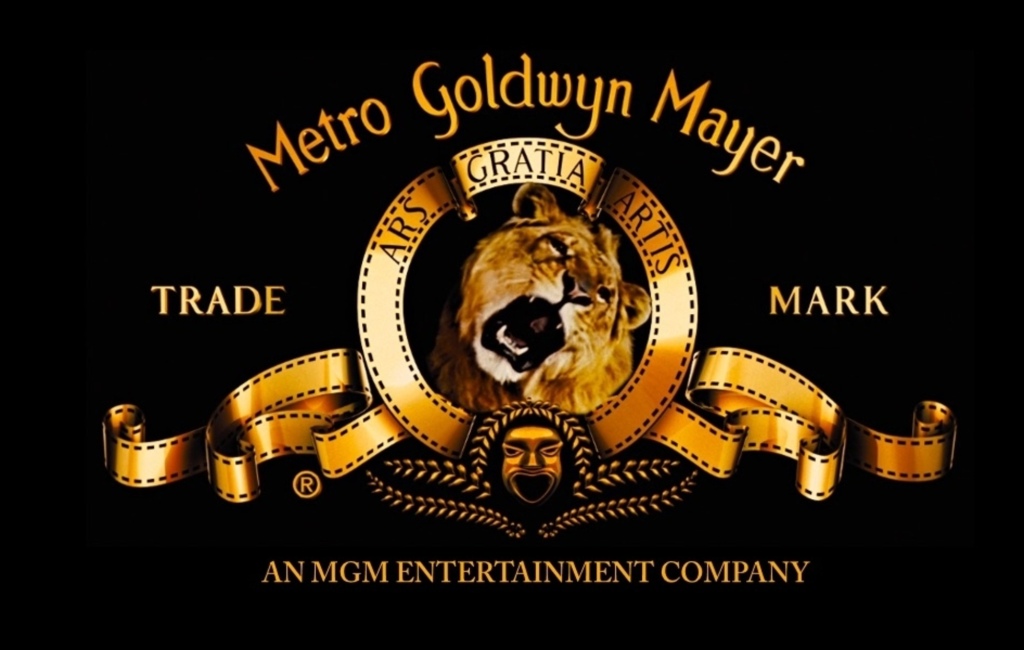
Vertical Integration and Unbreakable Contracts
The studios also implemented the business tactic of vertical integration, with each studio overseeing and taking ownership of all the means of production. Studios contracted screenwriters, editors, actors, directors, and even entire cinemas in an attempt to monopolise the film industry. From a business perspective, this meant that little to no money spilled out of the studio and each of the eight studios managed to fully maximise their profits, and dominate the market. Due to the studios owning all of the cinemas in United States, this meant there was no opportunity for American audiences to view films outside of the realm of the American studios and cinemas.
The actors were claimed by the studios through the use of ‘unbreakable’ exclusivity contracts that meant that the actor was required to star in a set block of films for that studio and were prevented from making films with any other studio. These actors were the ‘pull’ that drew audiences into cinemas and were thus a vital bargaining chip for the studios. Through this, each studio proudly possessed a ‘stable’ of stars, all of whom would frequently appear in each of the studios’ films that they would go on to produce.
Because of this, studios began to fear the prospect of losing a specific film star after they were approaching the final film on their contract. Many studios decided to ‘cheat the system’ and decided to simply not produce the final film in an actor’s given contract, rendering the contract ‘unbreakable’. From there, many actors were forced to make an impossible decision: either sign another contract with the same studio or never make another film.
As a result of this, four film stars in particular were extremely unhappy with the state of the studio system, claiming that the studios collected an disproportionate amount of money, and did not treat actors fairly. D.W. Griffith, Charlie Chaplin, Mary Pickford, and Douglas Fairbanks collectively founded United Artists – a company premised on allowing actors to control their own line of work, rather than being fully dependant upon the domineering film studios.
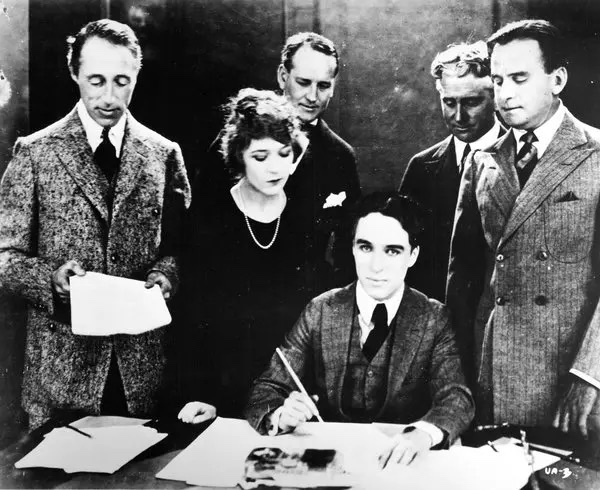

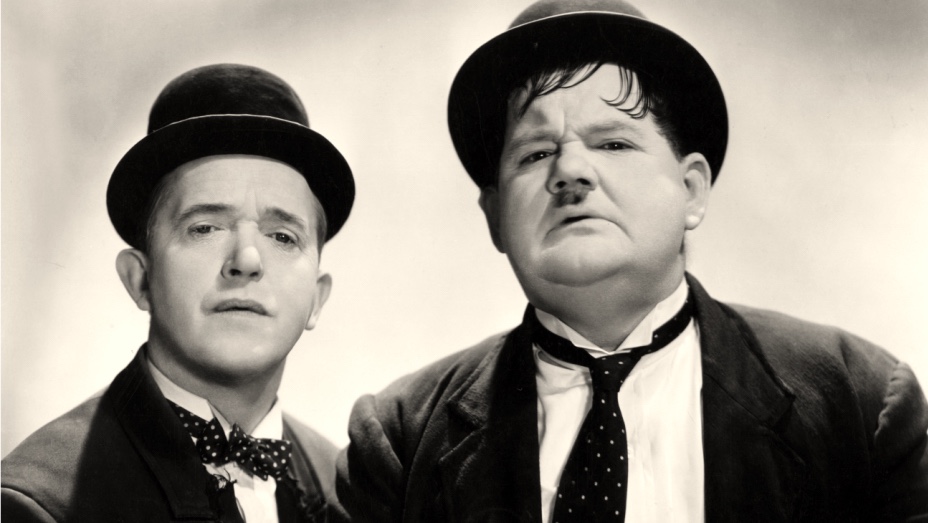
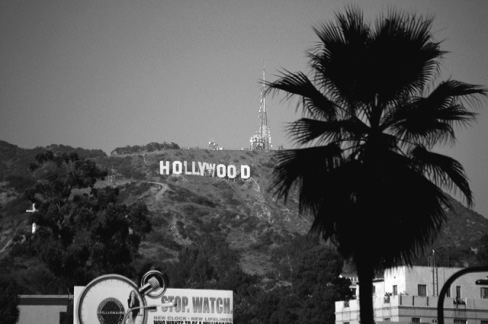
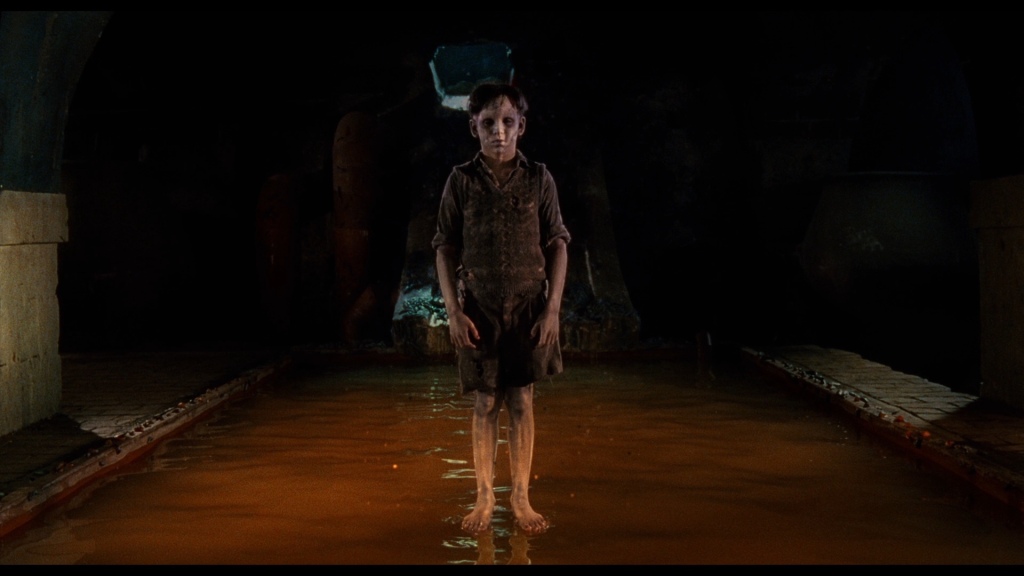
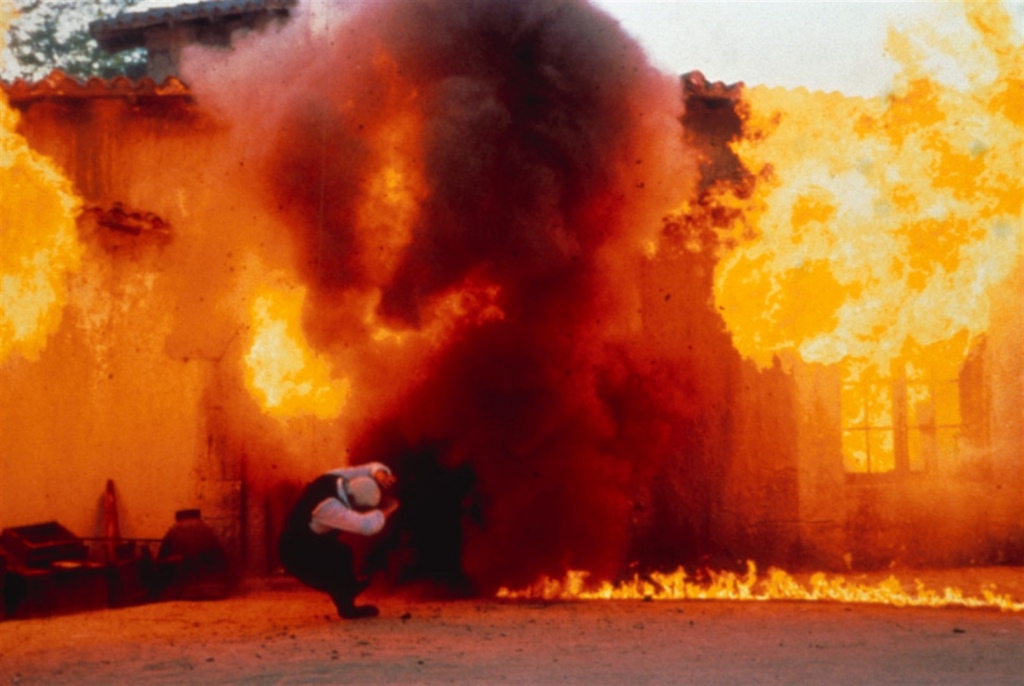
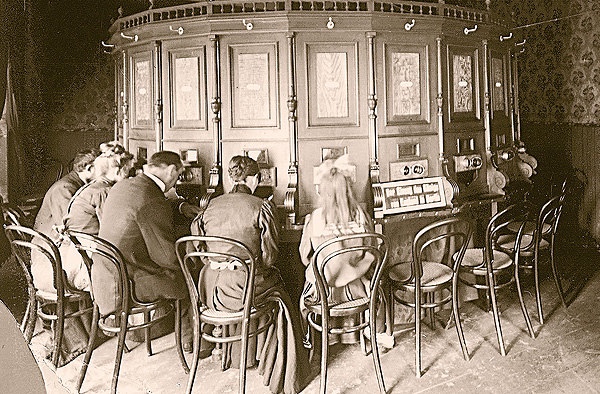
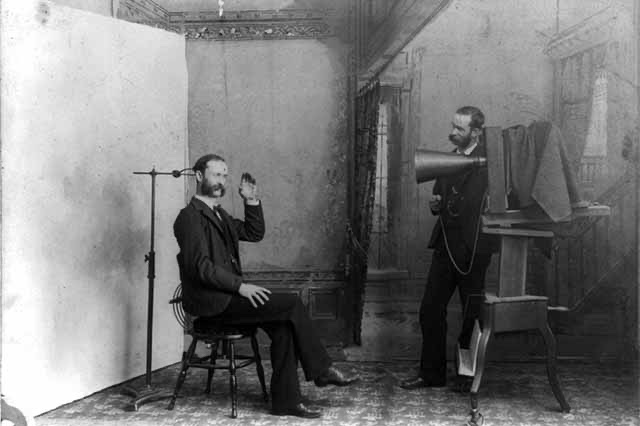
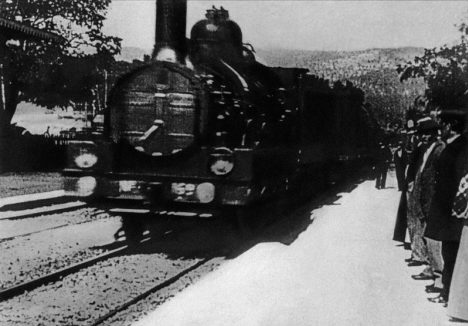

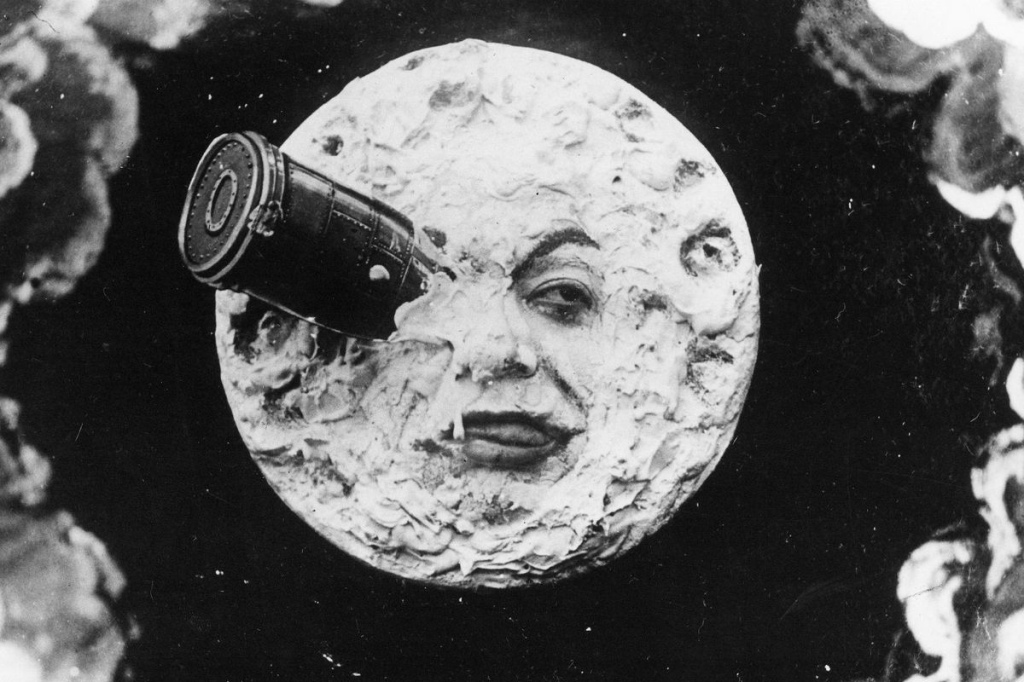

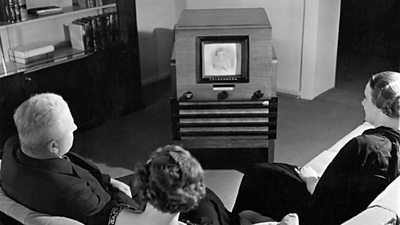
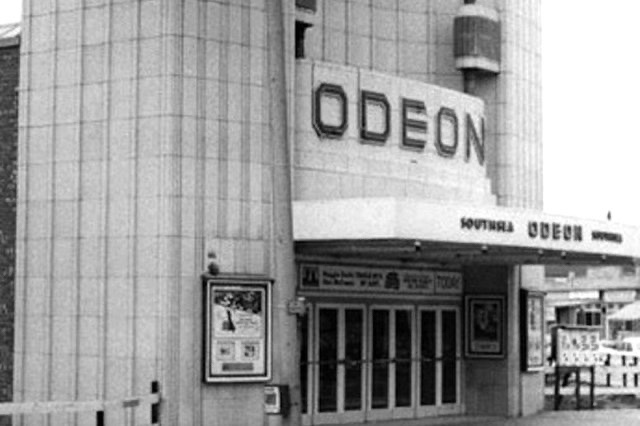
You must be logged in to post a comment.